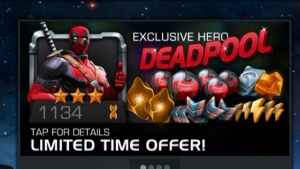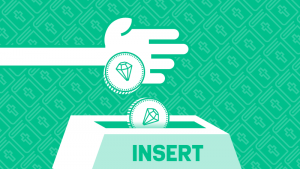With any free to play game, you must ensure that the core of your gameplay is focussed around a system that players can spend on.
One of the largest errors in free to play game design is not necessarily making a bad game, but rather designing a game that doesn’t consider how players will pay from the beginning.
Countless free to play games have launched and failed, and the idea they should have done more in the beginning, to think about monetization is a regret many developers have. After the event they realise they should’ve thought a lot deeper about how their game was going to make money instead of just making a good game.
Learning how to evaluate monetization early is difficult. Most resources talk about clever monetization mechanics (ex. Pricing of in-app purchases, limited time offers, VIP systems, sales, etc.) but rarely is there much information about how to tell if your early prototype has what’s necessary to eventually monetize. The common theme is that good monetization can only come from good retention, as if just making a fun game will inherently make your game monetize. Anyone that’s launched a free to play game knows this isn’t entirely true.
In reality, monetization and retention are strongly interconnected and you need to think about both as early as possible within your game – neither are elements you can simply stumble across if you want to compete on the App Store.
Monetization in free to play predominantly comes from monetizing on time. Almost every successful free to play game asks players to make a choice: play/grind/wait for a certain amount of time to receive a reward, or pay to get that reward faster.
- Players directly purchase skipping of time in timer-driven simulation games like HayDay
- Players purchase boosts in Match 3 games which give players a higher chance of winning a level, moving them faster through a map
- Players purchase loot boxes in RPG games, which give them access to more powerful characters, which mean that they can progress through harder levels, faster (Without having to grind)

source:Deconstructor of Fun
As a result, successfully implementing monetization means designing systems within your game to push players into speed up their progress. The trick is to give a sense of immediacy or value to the player spending now over simply waiting, creating an incentive to spend.
For more information, read through the following articles:





